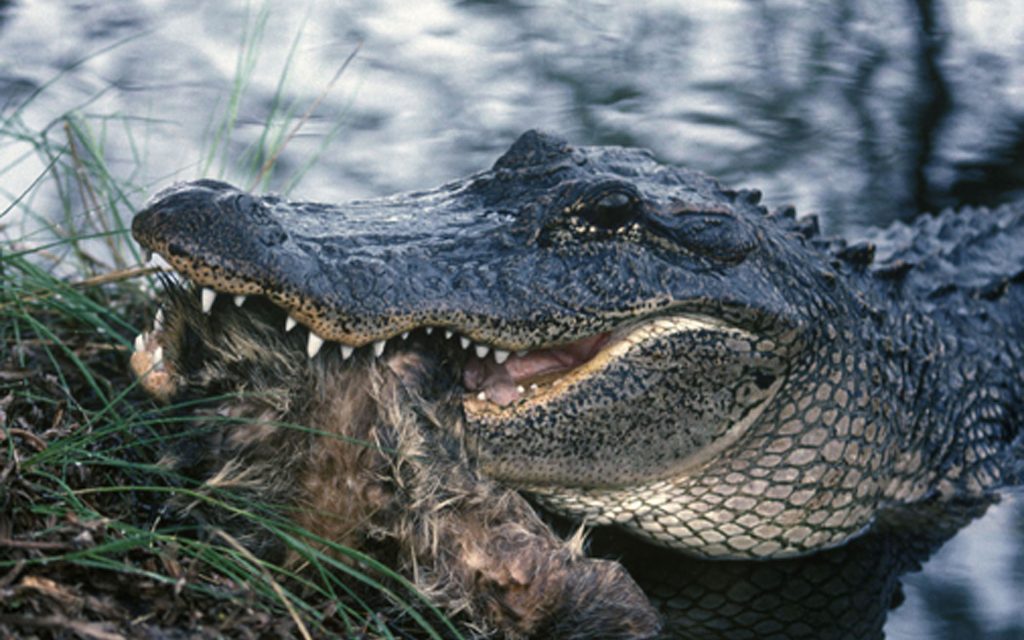by John Jefferson
One April, my wife and I were kayak-fishing off the Intracoastal Waterway near the Aransas National Wildlife Refuge. We had hitched a ride across open water from Rockport on a tour boat taking a birding group to the rookery islands.
We had fished several hours on a windy afternoon with no luck. Vicky had paddled into a likely looking inlet somewhat out of the wind and I was fishing about 150 yards away. She paddled toward me as if she had caught something she wanted to show off. Instead, she wanted to tell me about something that nearly caught HER.
She was still hyper as she narrated her adventure. She had cast into the back of the cove and begun retrieving her lure. As she was watching her line and lure, she heard loud splashes hastily coming her way from the other side of the cove.
Reacting instinctively, she dropped her rod in the kayak, grabbed her paddle and frantically back- paddled without looking to see what was splashing. She’s a strong paddler and her kayak glides easily across the surface – especially when the adrenalin is flowing. All that helped and to get her out into deeper water rapidly and away from whatever it was that was threatening her.
She said it was a big alligator. I asked her how big. She replied, “You tell ME,” pointing toward the cove. An alligator, looking to be ten to 12-feet long, was menacingly floating just outside the cove. Vicky was lucky.
When the tour boat picked us up, we told the skipper about Vicky’s frightening encounter and he motored closer to the gator to give his passengers a good look – and pictures. The big reptile was still lingering on the surface, almost daring us to come closer. It looked even bigger and more threatening up close.
We decided it was possibly guarding a nest. I spoke this week to Jonathan Warner, TPWD’s alligator program leader on the Murphree Wildlife Management Area near Port Arthur. Warner said that would have been a little early for a female guarding a nest. He said it could have been a male either protecting its territory or perhaps interested in the lure she was casting. I once hooked a gator on a topwater lure on the Sheldon Lake State Park, near Houston).
Warner also said the alligator mating season is May-June, with the earliest nesting occurring in late May. Females become a little “edgy” after eggs are laid and will stay with the hatchlings for a while – sometimes even up to a year.
Although alligator attacks on humans are rare, it’s wise to avoid contact with them. Several altercations have occurred over fish caught by wade-fishermen and duck hunters retrieving birds. Dogs in alligator waters can be at risk, too.
Alligators may only be hunted in Texas during prescribed seasons, and subject to stringent rules. Feeding is illegal. See page 68-69, TP&W Outdoor Annual, and a TPWD alligator publication available at (800) 792-1112.
And be alert. Always
JJ





